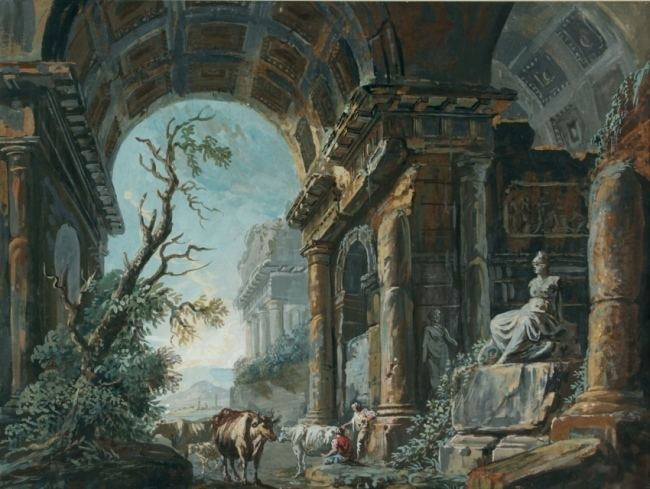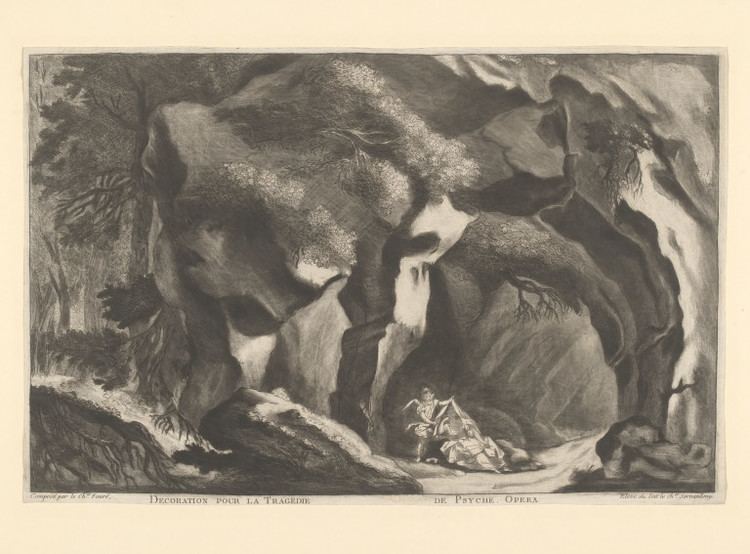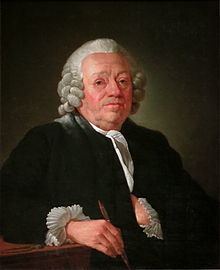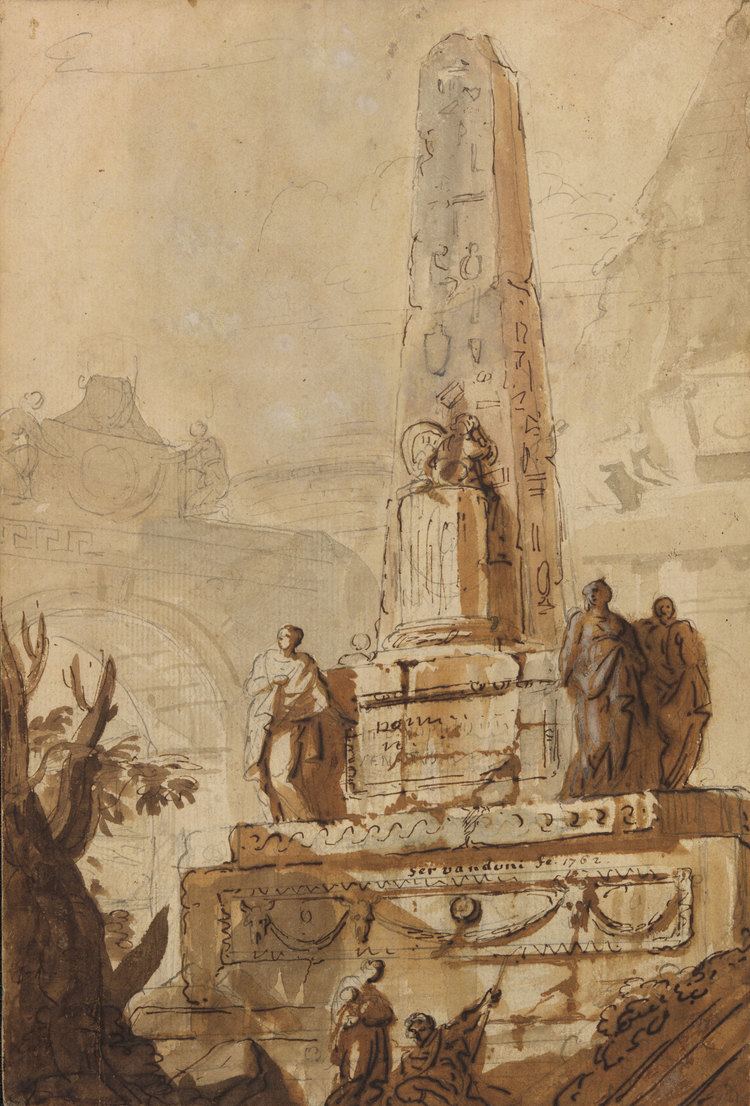Name Giovanni Servandoni Children D'Hannetaire | Role Architect Structures Palace of Necessidades | |
 | ||
Died January 19, 1766, Paris, France Grandchildren Eugenie D'Hannetaire, Angelique D'Hannetaire | ||
Tentoonstelling Giovanni Niccolò Servandoni. Schilder, decorateur, architect. (2016)
Jean-Nicolas Servan, also known as Giovanni Niccolo Servando or Servandoni (2 May 1695 – 19 January 1766) was a French decorator, architect, scene-painter and trompe-l'œil specialist.
He was the son of a carriage-builder at Lyon. Francesco Milizia claims Giovanni Girolamo Servandoni was born in Florence.

He was educated as an artist in Rome, but moved to Paris in 1724, where he became director of decorations ( 1724 to 1742 ) at the Paris Opera, at that time situated in the Theatre du Palais-Royal. He became a member of the Academie Royale de Peinture et de Sculpture in 1731. His activity was considerable, whether as a painter or as an inventor of scenic contrivances for fetes at the marriage of royal personages. He decorated public festivals in England, France, and Portugal.

During the years 1738–1743 and 1754–1758, Servandoni produced a series of successful theatrical productions much in the style of seventeenth-century machine plays, with an emphasis on elaborate changes in decor and special effects, often set to music. Unlike the machine plays of the seventeenth century, Servandoni's productions used pantomime rather than dialog, with a description of the story provided in the program. His productions were typically based on well-known stories from literature and mythology such as the Spectacle de Pandore ('1739) which told the tale of Prometheus and Pandora or "La foret enchantee" (1754) which was inspired by Torquato Tasso's "Jerusalem Delivered".

He also designed the decorations for altars, and the facade for the church of Saint Sulpice in Paris. He died in Paris in the early 1766.
His writings include:

